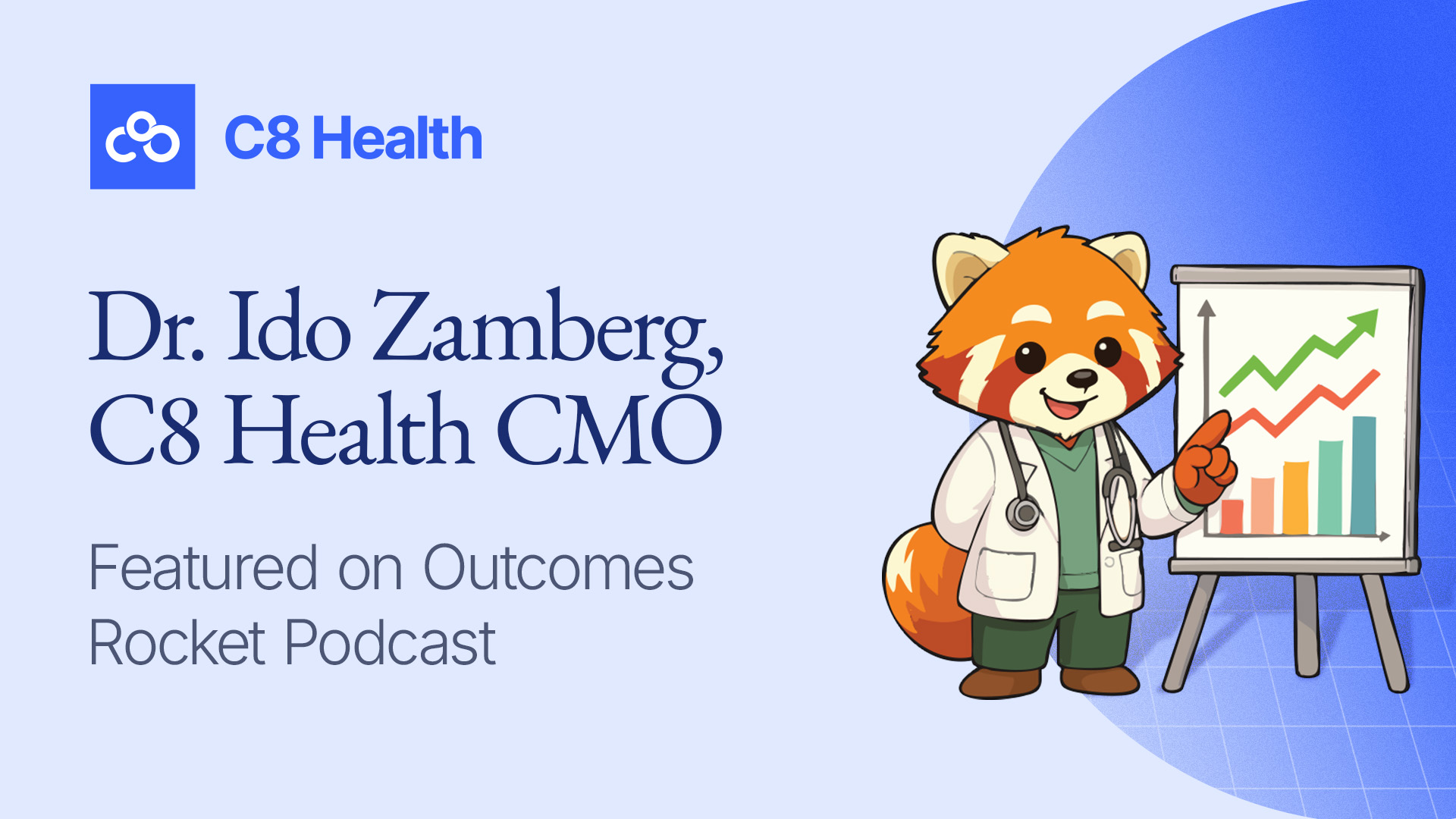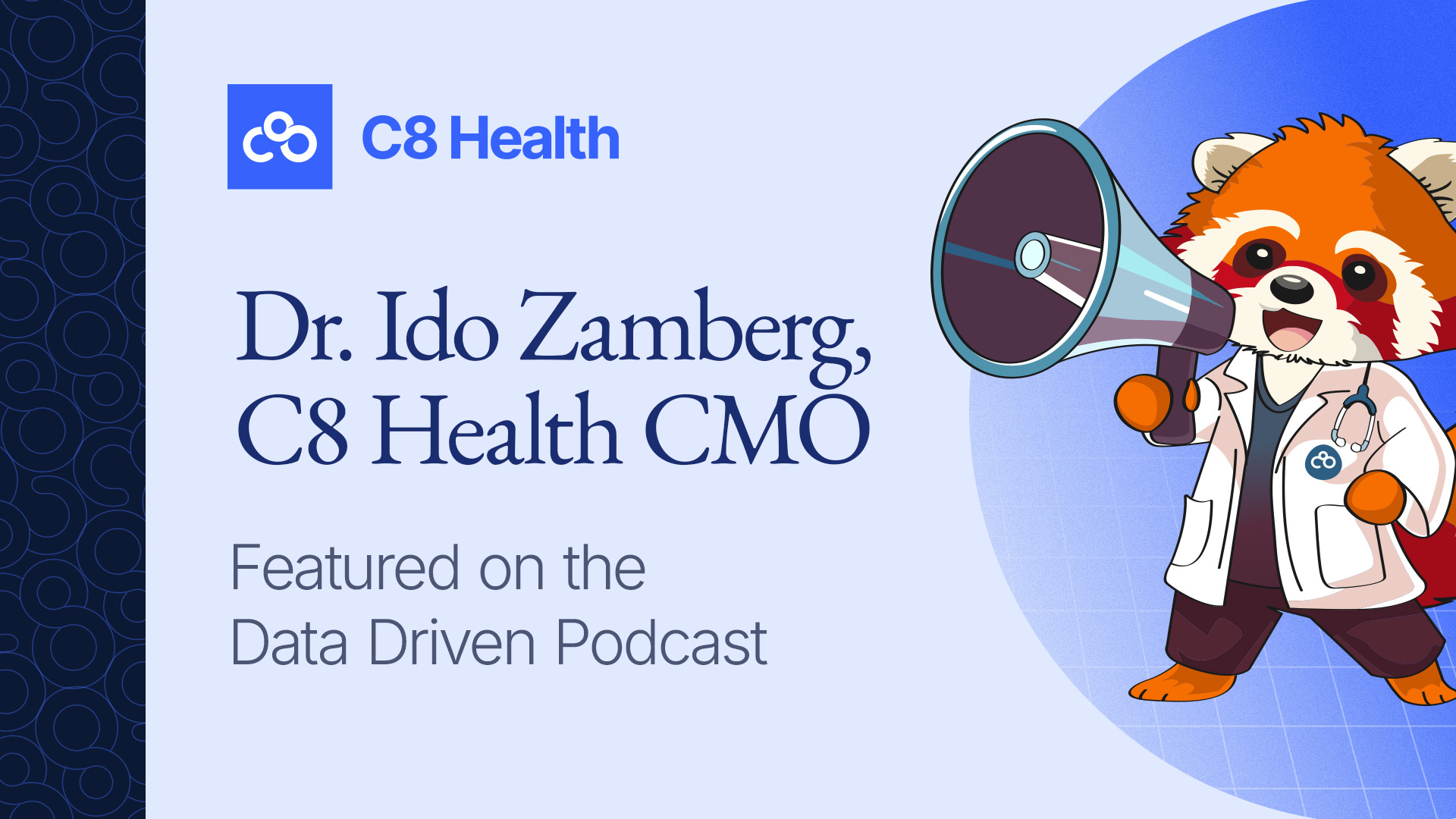Understanding and Improving CMS Star Ratings for Hospitals
Boost your hospital's reputation and revenue: understanding CMS star ratings


Health Care Leader DNP, MBA, RN, NEA-BC Expertise Human Centered Leader, Educator , Nurse Executive, Project Management, Knowledge management, Staff health Education Grand Canyon University- Doctorate, Nursing Administration, WGU Washington- Masters Business Administration, Health/Health Care...
See Full BioLearn about our
Editorial PolicyPublished June 20, 2024.
Staffing shortages, outdated equipment, and stretched-thin programs-without the resources to meet the high bar set by CMS, hospitals face lower reimbursement rates from Medicare and Medicaid, the programs many of their patients rely on.
It's a cycle that traps hospitals in a struggle to deliver the quality care they desperately want to provide. But what if there was a solution that boosted star ratings and improved the lives of healthcare workers and patients alike?
Meet the Expert
Bev Holland is a registered nurse trained in the US. She has experience in labor, delivery, and pediatric and neonatal intensive care—all within acute treatment hospitals. Bev has two master's degrees in business administration and nursing.

Access Clinical Resources: Unite your department's knowledge on any device.
Manage Your Knowledge: Easily create, maintain, and update clinical resources.
Integrate Your Workflows: Deliver content directly to the point-of-care.
Collaborate and Communicate: Share knowledge and communicate across medical institutions.
Analyze Your Data: Track clinician engagement with custom insights.
What Is The CMS Star Rating System?
The Centers for Medicare & Medicaid Services (CMS) oversees federal Medicare and Medicaid programs. These plans provide health insurance to millions of Americans, and hospitals that treat these patients rely heavily on their funding.
To ensure quality care, CMS implemented the star rating system. It functions as a performance review, using a simple 1 to 5-star scale.
The star rating is useful for many systems, but two that impact hospitals are the Overall Hospital Quality Star Rating and the Hospital Consumer Assessment of Healthcare Providers and Systems (HCAHPS).
1. Overall Hospital Quality Star Rating
This rating is based on 46 quality metrics reported by hospitals to CMS, encompassing five weighted areas:
- Mortality (22%): How often patients die in the hospital
- Safety of Care (22%): How often complications happen during procedures
- Readmission Rates (22%): How often patients return to the hospital within 30 days
- Patient Experience (22%): How satisfied patients are with their stay
- Timely and Effective Care (12%): How quickly and appropriately patients receive specific treatments
Hospitals gather this information from electronic health records, admission and discharge data, and coded diagnoses and procedures. But, the specific timeframe may vary. For example, the information for the July 2023 ratings came from January 2023, and a re-released measure in April 2023.
Hospitals report their details through programs like the Hospital Inpatient Quality Reporting (IQR) Program, which CMS analyzes to calculate the Overall Hospital Quality Star Rating.
These weights add up to 100% and determine a hospital's average score. If they don't have data for a specific area, CMS makes adjustments to account for it in the calculation.
2. HCAHPS Rating
The CMS gauges patient satisfaction through a standardized survey-HCAHPS. This helps them with valid comparisons and empowers patients to choose hospitals based on their experience. The sampling protocol ensures consistent data collection, capturing representative patient perspectives.
Hospitals select participants through a random monthly sampling of all eligible patient discharges. They can do it throughout or at the end of the month, ensuring a representative sample for accurate feedback.
They collect data via:
- Telephone
- Mail with telephone follow-up
- Interactive voice response
They collect feedback on aspects like:
- Communication
- Responsiveness
- Pain management
- Information transparency
- Hospital environment
- Overall experience
To be eligible for HCAHPS star ratings, hospitals must have at least 100 surveys in a 12-month reporting period. While 100 qualifies them, the goal is for them to achieve at least 300 over the same period to ensure more statistically reliable data for the star ratings.
A screenshot of the CMS Overall Hospital Quality Star Rating and Patient Survey Rating.
» Want to boost morale? Here's how to address burnout in healthcare
Why Is It Important for Healthcare Providers?
The US healthcare system has a mix of public-Medicare and Medicaid-and private insurance. Hospitals that treat many patients who rely on the former need government funding.
The CMS star rating system directly impacts the organization's financial health and market position for several reasons:
Financial Security
Those with high CMS star ratings can qualify for better reimbursement rates from Medicare and Medicaid. High-performing hospitals might receive money per procedure compared to the base rate.
Market Advantage
Regardless of insurance type, patients are increasingly using these ratings to compare hospitals when making healthcare decisions. A high rating signifies trust and confidence in the quality of care, as indicated by previous patients.
Insurance carriers-like Humana and Blue Cross Blue Shield-also evaluate hospital CMS ratings when deciding on preferred providers. Hospitals with high scores are more likely to be included in these networks, offering patients more comprehensive access and lower out-of-pocket costs.
For physicians, these ratings signify expertise, efficient care, and patient focus. Referring patients to such facilities fosters confidence in quality, potentially leading to better outcomes, fewer complications, and lower costs.
Quality Improvement
Standardized metrics ensure fair comparisons across hospitals, enabling them to assess their performance relative to a national benchmark. With this knowledge, healthcare organizations can research and implement alternative strategies to improve their quality of care.
Strategies to Boost Hospital Star Ratings
Hospitals serving a high volume of Medicaid and Medicare patients often face challenges that can lower their CMS star ratings. These difficulties-like readmissions-often tie into socioeconomic or income-related factors and can't be solved through generic one-size-fits-all advice.
Luckily, there's a powerful resource: data. By analyzing clinical outcomes and patient surveys, healthcare organizations can pinpoint specific weaknesses. This analytical approach can help develop targeted care strategies that effectively address the specific needs of their patient population.
Case Study
For example, a hospital with 300 beds can struggle with a disorganized approach to clinical resources. Guidelines and protocols may be scattered across different departments, servers, and even personal computers. This can lead to inefficiencies and inconsistencies in patient care.
We can solve the issue by creating a centralized knowledge base for all clinical resources. The hospital can upload all existing protocols, guidelines, and best practices into the platform like C8 Health.
Our latest case study shows the tangible impact of integrating C8 Health. Download it to learn more.
Learning From Success Stories
Healthcare organizations can leverage valuable insights from high-performing facilities in their region. The Hospital Compare tab lets you filter by star rating and location, making it easy to identify the ones serving similar patient demographics and challenges that have achieved higher scores.
This could involve examining staffing models, patient engagement strategies, or the use of technology to streamline guidance and follow-up care. By researching their practices and programs, you can gain valuable ideas to adapt and implement in their own settings.
» Learn more about healthcare management's roles and challenges
The Key to Success? A Holistic Approach
Boosting a hospital's star rating is challenging. Many factors contribute to the score, and significant improvements often take dedicated effort over time. The answer lies in engaged staff at all levels, from administration to frontline caregivers, working collaboratively.
This is where C8 Health can be a powerful tool. Providing access to best practices through AI-powered search and mobile-friendly formats empowers staff to find the information they need quickly and easily, reducing administrative burden and promoting standardization of care.
Additionally, C8 Health fosters a culture of quality through personalized communication channels and automatic updates on clinical guidance. This ensures everyone is on the same page, reducing errors and improving collaboration-making healthcare a better experience for staff and patients.






.jpg)
.jpg)
.jpg)